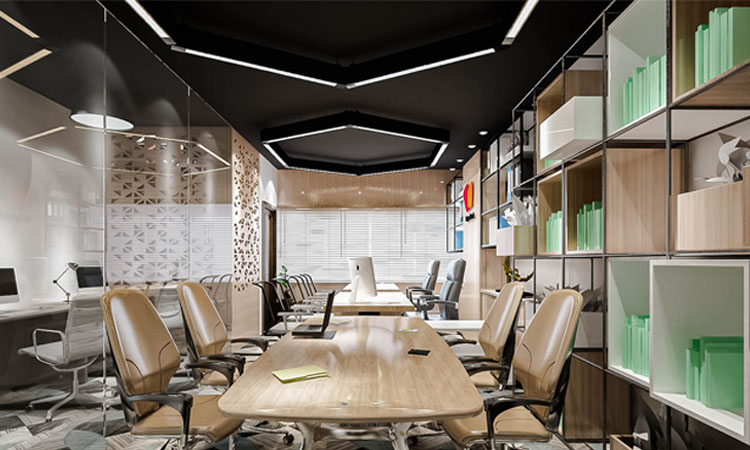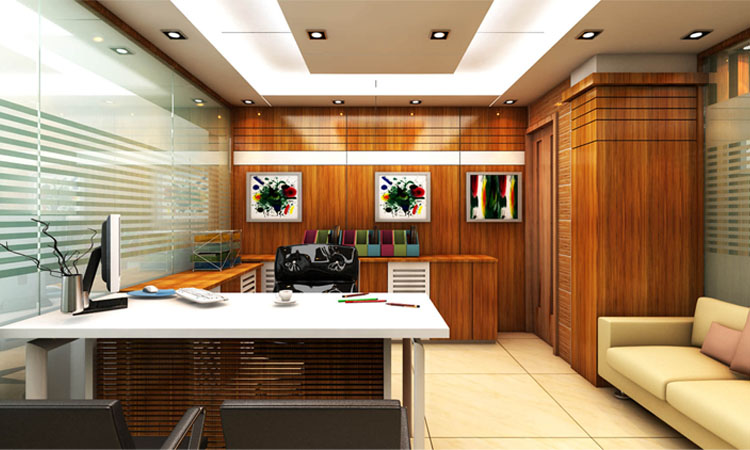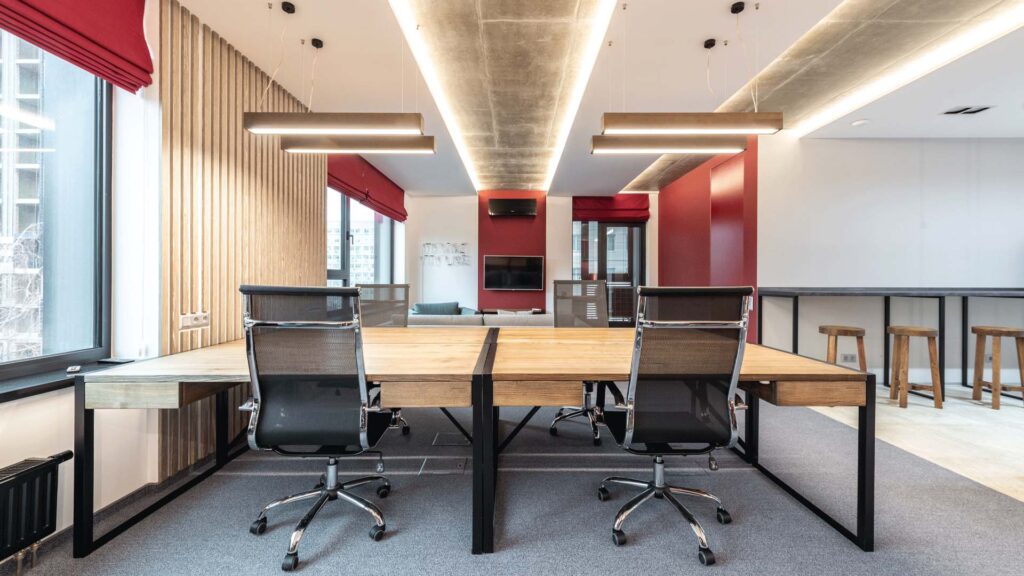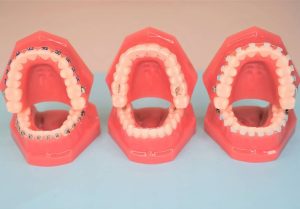Office breakout areas are vital in modern workspace design, providing employees with spaces to relax, recharge, and foster informal collaboration. These areas enhance productivity and creativity by offering a change of scenery from traditional workstations. Consider this area for better productivity when you do your office interior design. This article explores the essential elements of office breakout area design, trends, and practical tips for creating inviting and functional breakout spaces.
Essential Elements of Office Breakout Area Design

1. Comfortable Seating
Comfortable seating is a cornerstone of effective breakout area design. Offer a variety of seating options, such as sofas, lounge chairs, and bean bags, to cater to different preferences and activities. Ergonomic seating solutions ensure that employees can relax comfortably during breaks, fostering a welcoming environment.
2. Inviting Aesthetics
The aesthetics of a breakout area should be warm, inviting, and distinct from the main office space. Use vibrant colors, interesting textures, and appealing artwork to create a lively and relaxing atmosphere. Incorporating natural elements, such as plants and natural light, enhances the ambiance and promotes a sense of well-being.
3. Multifunctional Spaces
Design breakout areas to be multifunctional, supporting various activities such as relaxation, informal meetings, and casual interactions. Include small tables, whiteboards, or collaborative tools to facilitate impromptu brainstorming sessions. Flexible furniture arrangements allow the space to adapt to different needs and encourage spontaneous collaboration.
4. Technology Integration
Equip breakout areas with technology to enhance functionality. Provide accessible power outlets, charging stations, and Wi-Fi connectivity to support the use of laptops, tablets, and mobile devices. Including entertainment options such as TVs or gaming consoles can also create a fun and engaging environment for employees.
5. Refreshment Facilities
Including refreshment facilities in breakout areas is essential for convenience and relaxation. Provide coffee machines, water dispensers, and snack stations to encourage employees to take breaks and recharge. A well-stocked kitchenette or café-style setup can also serve as a focal point for social interactions and networking.
Trends in Office Breakout Area Design

1. Biophilic Design
Biophilic design principles integrate natural elements into breakout areas to enhance employee well-being and creativity. Incorporate greenery, natural light, and natural materials like wood and stone to create a calming and rejuvenating environment. Biophilic design promotes a connection to nature, reduces stress, and improves overall morale.
2. Wellness-Centric Features
Wellness-centric breakout areas prioritize employee health and well-being. Include elements such as standing desks, yoga mats, and exercise equipment to encourage physical activity during breaks. Designing spaces for relaxation and mindfulness, such as meditation corners or quiet zones, supports mental well-being and stress reduction.
3. Hybrid Work Support
As hybrid work models become more prevalent, breakout areas are evolving to support remote and in-person interactions. Design breakout spaces with video conferencing capabilities and collaborative tools to facilitate seamless communication between remote and on-site team members. Flexible seating arrangements and technology integration support hybrid work dynamics and foster inclusivity.
4. Sustainable Design
Sustainable design practices are increasingly prioritized in office breakout areas. Use eco-friendly materials, energy-efficient lighting, and sustainable furniture to minimize environmental impact. Incorporating recycling stations and promoting sustainable habits among employees align breakout spaces with corporate sustainability goals.
Practical Tips for Designing Office Breakout Areas
- Employee Feedback: Engage employees in the design process to understand their preferences and needs for breakout areas.
- Diverse Activities: Design spaces that cater to a range of activities, from relaxation to informal meetings, to maximize the utility of breakout areas.
- Space Utilization: Optimize the use of available space by incorporating versatile furniture and modular design elements that can be easily reconfigured.
- Accessibility: Ensure that breakout areas are accessible to all employees, including those with mobility impairments, by providing adequate space and seating options.
Conclusion
Office breakout areas are essential for fostering a productive, creative, and engaging work environment. By incorporating comfortable seating, inviting aesthetics, multifunctional spaces, technology integration, and refreshment facilities, businesses can create breakout areas that support employee well-being and collaboration. Embracing trends such as biophilic design, wellness-centric features, hybrid work support, and sustainable practices ensures that breakout areas are not only functional but also aligned with modern workplace needs. Investing in thoughtfully designed breakout areas enhances the overall employee experience, promoting a positive work culture and contributing to organizational success.








